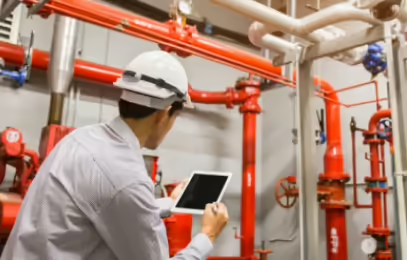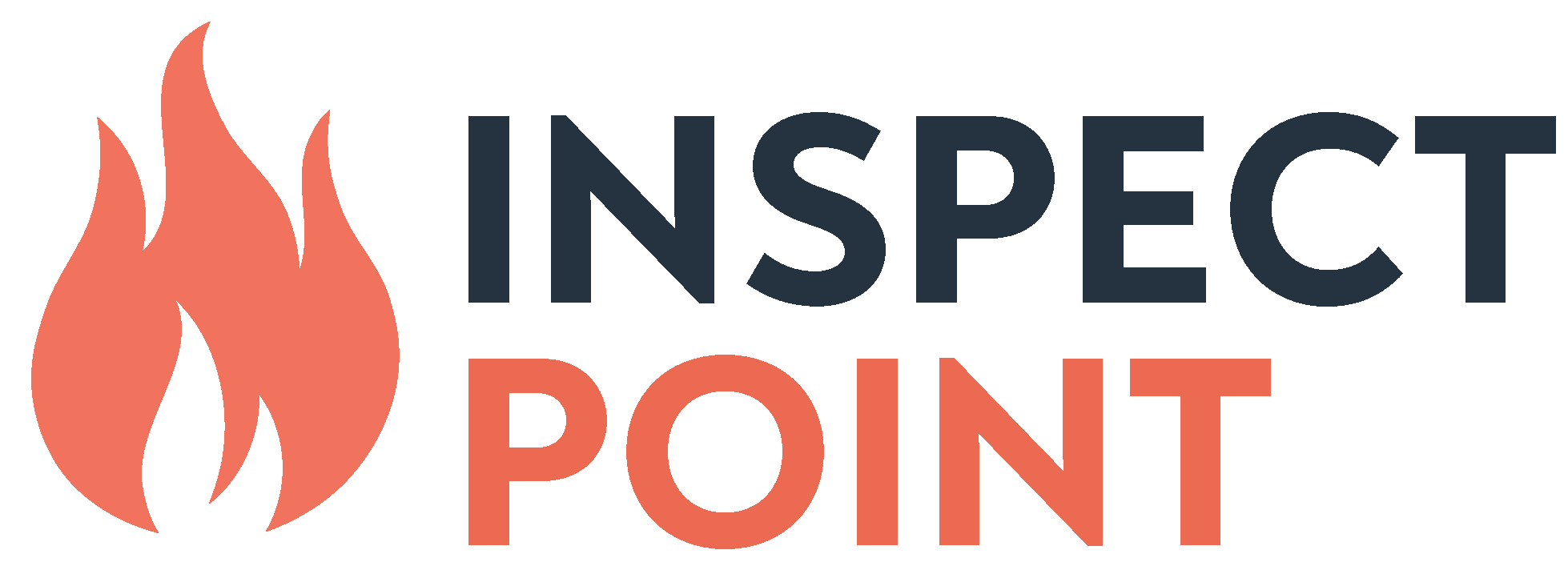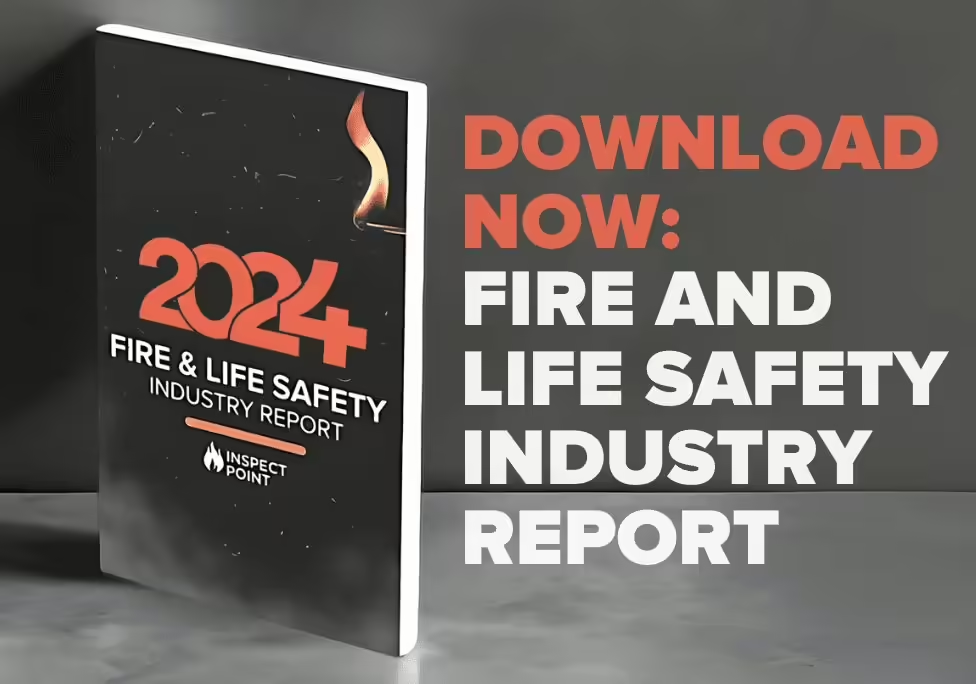Staying compliant with extinguisher maintenance requirements can be time-consuming and error-prone—especially when teams are juggling hundreds or thousands of extinguishers. With Inspect Point, fire protection contractors can now automatically calculate and manage service dates, track service history in real-time, and use data to plan proactively.
Whether you're a technician in the field or a manager in the back office, these new features help you streamline service, boost accuracy, and drive efficiency across your operation.
Ready to learn more about how Inspect Point can help you upgrade your existing workflow?
Book a Demo

